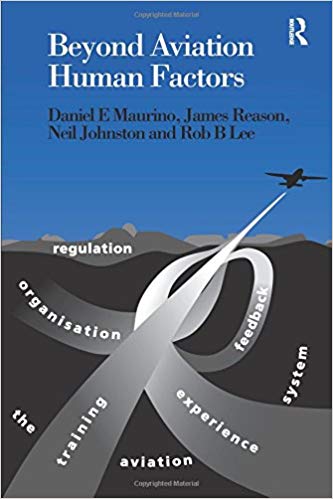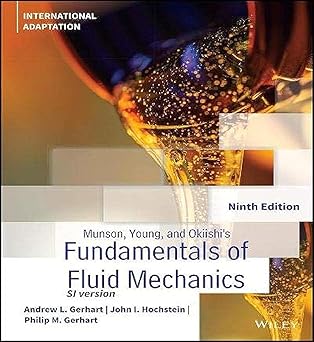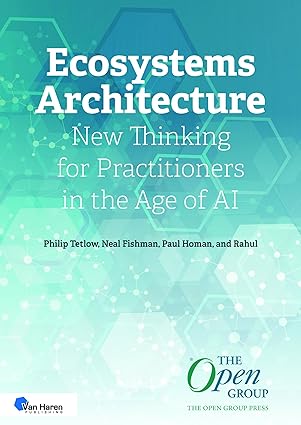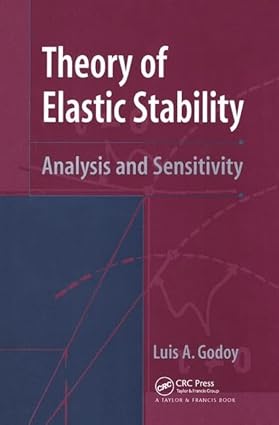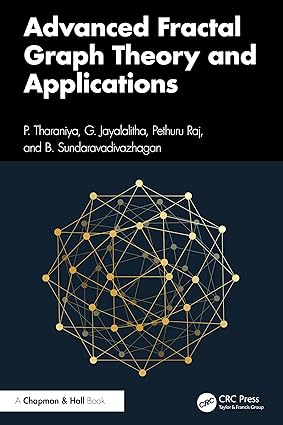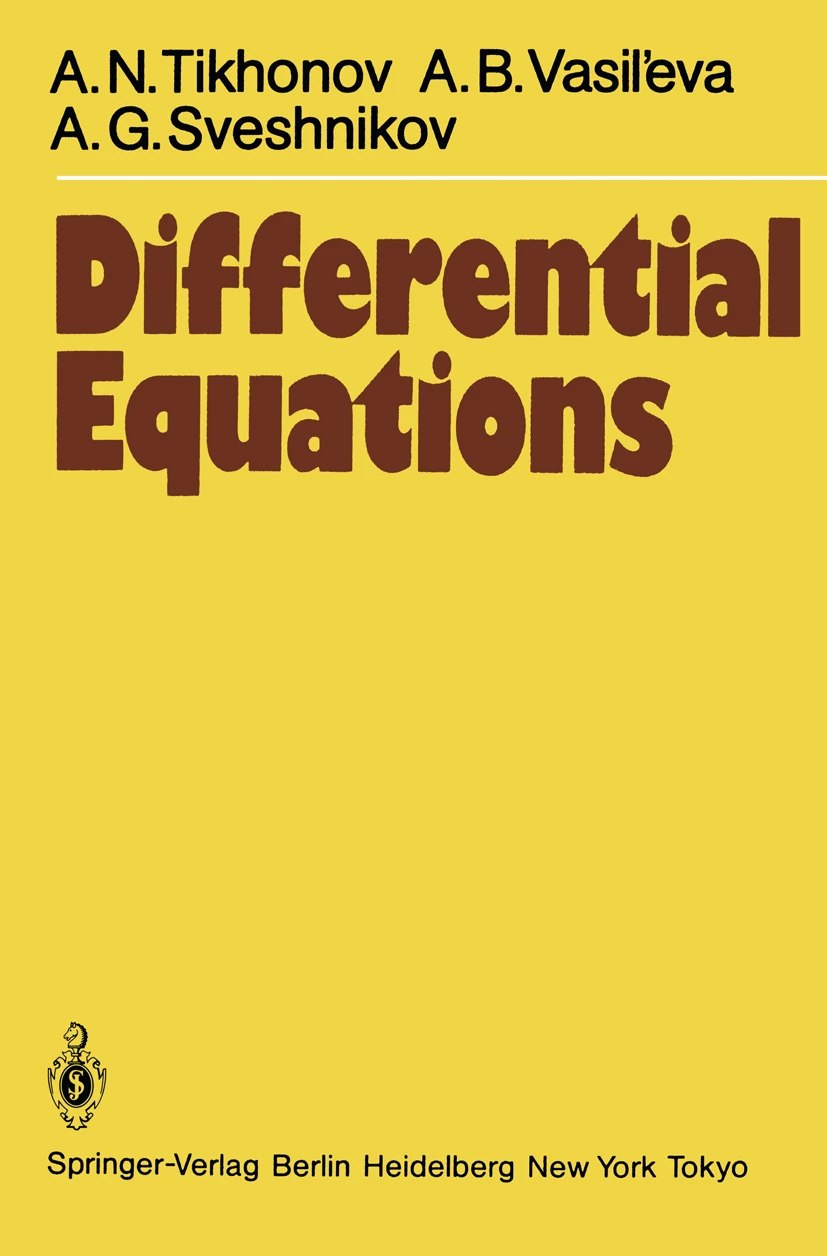The authors believe that a systematic organizational approach to aviation safety must replace the piecemeal approaches largely favoured in the past, but this change needs to be preceded by information to explain why a new approach is necessary. Accident records show a flattening of the safety curve since the early Seventies: instead of new kinds of accident, similar safety deficiencies have become recurrent features in accident reports. This suggests the need to review traditional accident prevention strategies, focused almost exclusively on the action or inaction’s of front-line operational personnel. The organizational model proposed by the authors is one alternative means to pursue safety and prevention strategies in contemporary aviation; it is also applicable to other production systems. The model argues for a broadened approach, which considers the influence of all organizations (the blunt end) involved in aviation operations, in addition to individual human performance (the sharp end). If the concepts of systems safety and organizational accidents are to be advanced, aviation management at all levels must be aware of them. This book is intended to provide a bridge from the academic knowledge gained from research, to the needs of practitioners in aviation. It comprises six chapters: the fundamentals, background and justification for an organizational accident causation model to the flight deck, maintenance and air traffic control environments. The last chapter suggest different ways to apply the model as a prevention tool which furthermore enhances organizational effectiveness. The value of the organizational framework pioneered by Professor Reason in analyzing safety in high-technology production systems is felt by his co-authors to have an enduring role to play, both now and in coming decades. Applied now in this book, it has been adopted by ICAO, IFATCA, IMO, the US National Transportation Safety Board, the Transportation Safety B
چکیده فارسی
نویسندگان بر این باورند که یک رویکرد سازمانی سیستماتیک به ایمنی هوانوردی باید جایگزین رویکردهای تکهای باشد که تا حد زیادی در گذشته مورد استفاده قرار میگرفتند، اما این تغییر باید مقدم بر اطلاعات باشد تا توضیح دهد چرا یک رویکرد جدید ضروری است. سوابق تصادفات نشان دهنده صاف شدن منحنی ایمنی از اوایل دهه هفتاد است: به جای انواع جدید تصادفات، کمبودهای ایمنی مشابه به ویژگی های تکرارشونده در گزارش های تصادف تبدیل شده اند. این امر نیاز به بازنگری استراتژیهای سنتی پیشگیری از حوادث را نشان میدهد که تقریباً منحصراً بر عملکرد یا عدم اقدام پرسنل عملیاتی خط مقدم متمرکز است. مدل سازمانی پیشنهاد شده توسط نویسندگان یکی از ابزارهای جایگزین برای دنبال کردن راهبردهای ایمنی و پیشگیری در هوانوردی معاصر است. همچنین برای سایر سیستم های تولید قابل اجرا است. این مدل برای یک رویکرد گسترده استدلال می کند، که تأثیر همه سازمان ها (نقطه بی پایان) درگیر در عملیات هوانوردی، علاوه بر عملکرد فردی انسان (پایان تیز) را در نظر می گیرد. اگر قرار است مفاهیم ایمنی سیستم ها و حوادث سازمانی ارتقا یابد، مدیریت هوانوردی در تمام سطوح باید از آنها آگاه باشد. این کتاب در نظر گرفته شده است تا پلی از دانش آکادمیک به دست آمده از تحقیقات، به نیازهای شاغلین در هوانوردی ارائه دهد. این شامل شش فصل است: مبانی، پیشینه و توجیه یک مدل علت تصادف سازمانی در عرشه پرواز، محیطهای نگهداری و کنترل ترافیک هوایی. فصل آخر راه های مختلفی را برای به کارگیری مدل به عنوان یک ابزار پیشگیری پیشنهاد می کند که علاوه بر آن اثربخشی سازمانی را افزایش می دهد. ارزش چارچوب سازمانی که توسط پروفسور ریسون در تجزیه و تحلیل ایمنی در سیستمهای تولید با فناوری پیشرفته پیشگام بود، توسط همکاران او احساس میشود که نقشی ماندگار در حال حاضر و دهههای آینده دارند. که اکنون در این کتاب اعمال شده است، توسط ICAO، IFATCA، IMO، هیئت ملی ایمنی حمل و نقل ایالات متحده، ایمنی حمل و نقل B
پذیرفته شده است.
ادامه ...
بستن ...
Ebook details:
عنوان: Beyond Aviation Human Factors
نویسنده: Daniel E. Maurino
ناشر: Routledge (March 5, 2016)
زبان: English
شابک: 1840149485, 978-1840149487
حجم: 38 Mb
فرمت: True Pdf
ادامه ...
بستن ...
